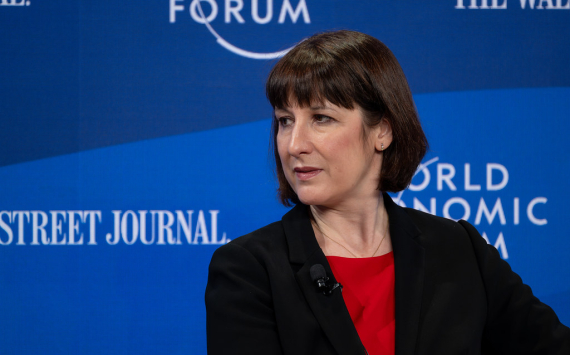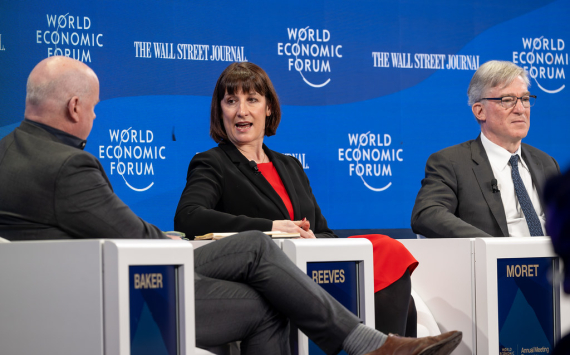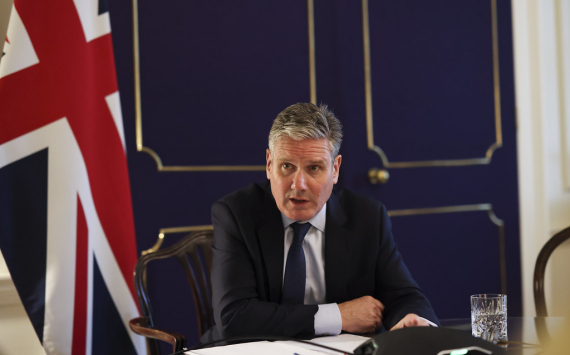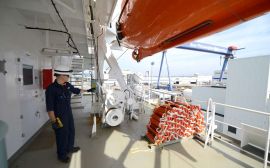
Winter Recession Warning
Euro zone factories closed 2023 with an 18th consecutive month of contraction, per HCOB's final PMI (44.4, up from 44.2 in November). Persistent decline below 50 indicates ongoing economic challenges.
Contrary to the preliminary estimate of no change from November, the final data indicates a persistent negative trend. The output index, a key indicator of economic health, dipped to 44.4 from November's 44.6, although it surpassed the earlier flash estimate of 44.1.
This pessimistic trajectory strongly implies a contraction in Euro zone GDP for the last quarter, potentially pushing the region into a recession, as hinted by Hamburg Commercial Bank's chief economist, Cyrus de la Rubia. The Euro zone's economy had already contracted by 0.1% in the third quarter, as per official data, meeting the criteria for a recession if the trend continues.
De la Rubia commented, "Amid a relentless slump in the manufacturing sector of the Euro zone, the HCOB PMI has shown little improvement compared to November. It paints a bleak picture for the Euro zone and would mean that the Euro zone entered a recession in the third quarter."
According to a Reuters poll from early December, the Euro zone is anticipated to experience a brief and shallow winter recession, reinforcing concerns about the economic downturn.
While there was a slight easing in the decline of new orders in December, the sub-index remained below 50, mirroring the trend throughout 2023. The sub-index rose to 42.0 from 41.5, but the sluggishness in new orders reflects the prevailing gloom, receding almost as swiftly as the previous month, according to de la Rubia.
A noteworthy observation from December's activity is that a significant portion was generated by completing old orders, as indicated by the backlogs of work index. This suggests that manufacturers are not anticipating an immediate turnaround, leading to a seventh consecutive month of headcount reduction in factories.
In summary, the Euro zone faces a challenging economic landscape, with persistently contracting activity, declining new orders, and indications of a potential recession. The coming months will be crucial in determining whether the projected short and shallow winter recession materializes or if there are signs of recovery on the horizon.








































